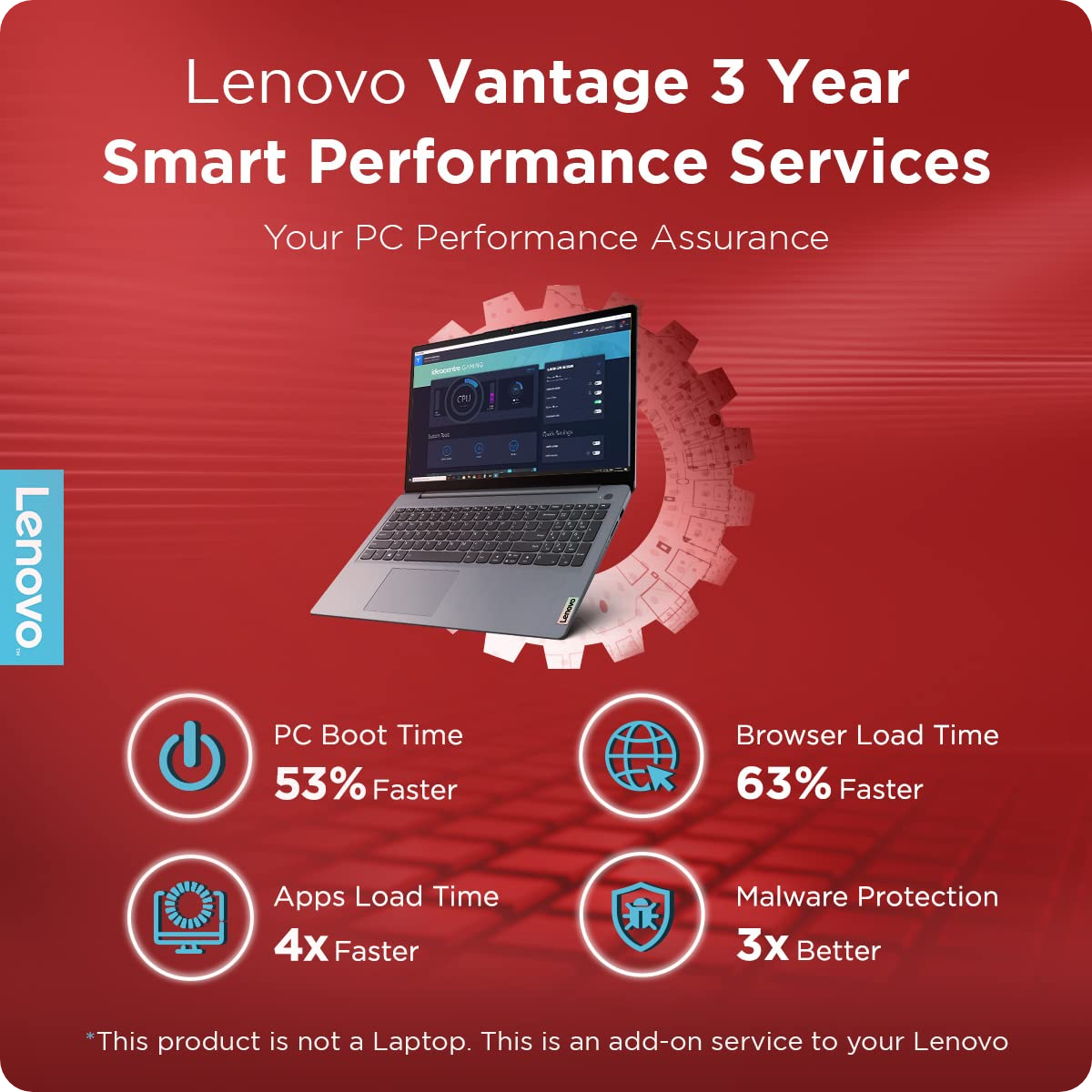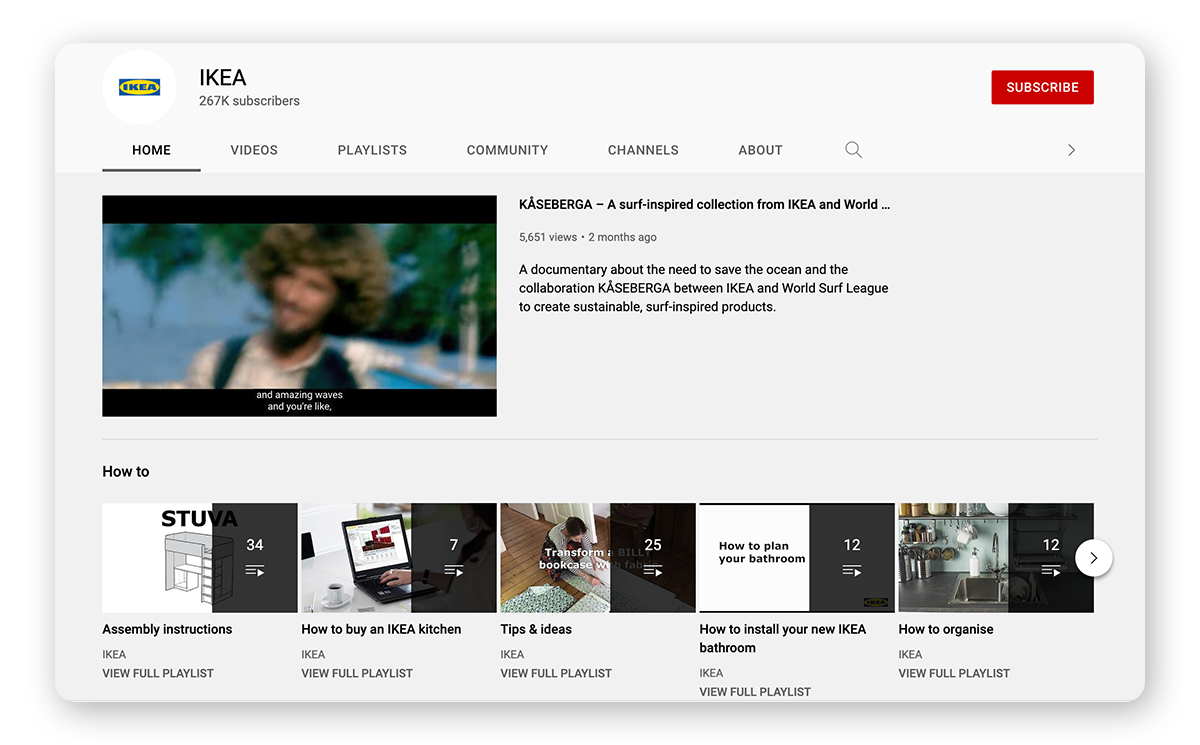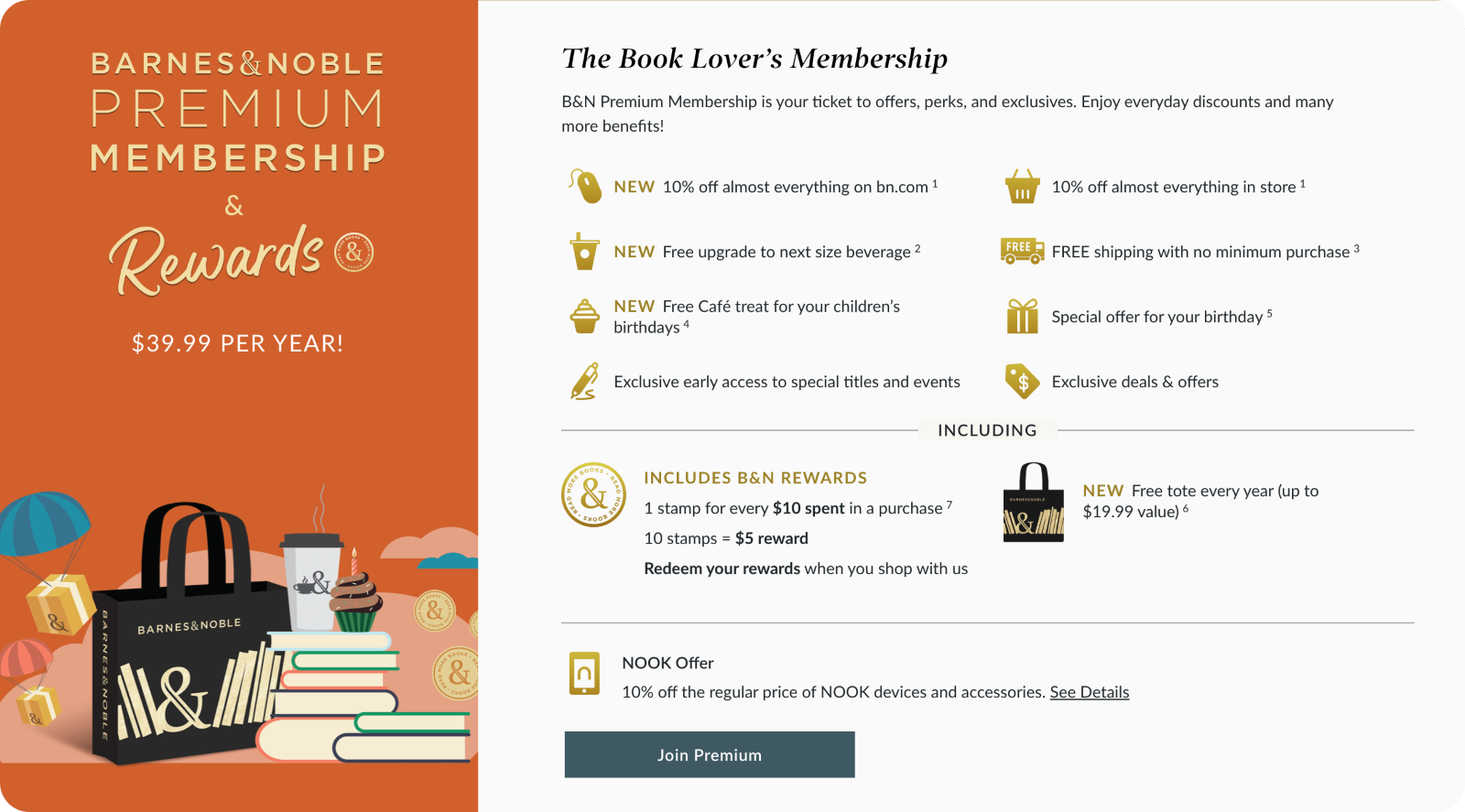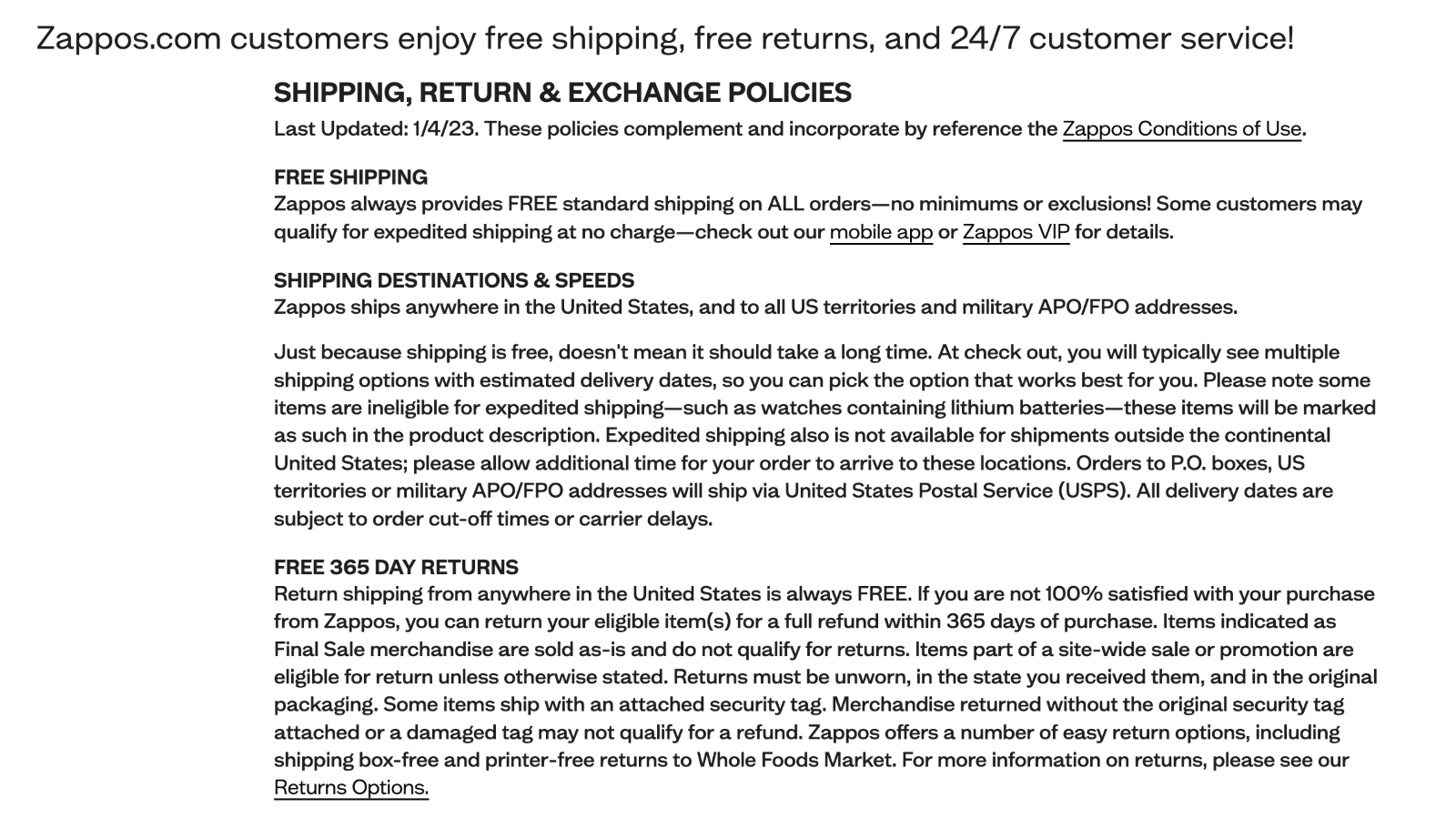What is customer retention?
Customer retention is a metric businesses use to determine customer loyalty over time. In other words, customer retention shows how faithful customers are to your brand and how well you build strong brand loyalty.
Companies spend millions on loyalty programs today. While incentivizing customer loyalty is increasingly common these days, the end goal is to increase the customer lifetime value (CLV) and reduce the churn rate.
A high customer retention rate indicates
Customers are happy with your product or service offerings
You are meeting the needs and expectations of your customer base
You have a consistent and reliable source of revenue essential for long-term success and growth
Why is customer retention important in customer service?
According to Small Business Trends, the likelihood of selling to a new customer is between 5% and 20%, while those odds skyrocket to between 60% and 70% for an existing customer. Additionally, the Harvard Business Review has reported that obtaining a new customer is 5 to 25 times more costly than retaining one.
For most companies, the bulk of profits come from the customers with whom they’ve built trust and nurtured over time, which makes customer retention an invaluable practice for financial stability.
Modern consumers expect brands to be highly engaged and provide personalized experiences. So, if companies don’t make any effort to retain customers, they may easily be lured away by more competitive offers and better experiences.
Watch now: How personalized experiences drive business growth
How to calculate customer retention rate
Your customer retention rate (CRR) represents the percentage of customers you’ve retained over a set period. The variables include:
(S): The number of customers at the start of the predetermined time frame
(E): The number of customers at the end of the predetermined time frame
(N): The number of customers acquired throughout the predetermined time frame
The formula is as follows:
Customer retention rate (CRR) = [(E-N)]/S] X 100
Here is an example:
Let’s say your business starts with 150 clients at the beginning of the month. Over the month, you lose 10 customers but acquire 30 new customers.
(S): 150 (E): 170 (N): 30
CRR = [(170-30)/150] X 100 = 93.33%
The solution indicates you have a 93% retention rate. Most businesses strive for a retention rate of 85% or more. Generally, the higher the retention goal, the better — as long as you have a plan for achieving it. Listed below are some ways you can achieve high retention rates.
Interesting read: Average customer retention rate by industry
Top 8 customer retention strategies for businesses
Customer retention is particularly challenging in today's business landscape due to a highly competitive market and the easy availability of similar products and services. Rapid technological advancements have also heightened customer expectations for seamless experiences and personalized interactions.
Therefore, it's imperative to have well-devised customer retention strategies in place to keep up with the fast-paced consumer landscape. Let's check out a few.
1. Customer journey mapping
Customer journey mapping can help you identify the specific points in the customer journey where customers are most likely to experience frustration and, subsequently, churn. This information can help you to develop targeted solutions to improve the customer experience.
For example, if many customers abandon their shopping carts during checkout, you can identify and address the specific factors causing this problem. It can be complicated checkout forms, high shipping costs or the absence of any payment method.
Customer journey mapping helps you better understand your customers' needs and preferences. You can use individual customer information to send targeted email campaigns, personalize the customer experience and make it more relevant and engaging for them.
Watch now: Enhancing CX Journeys with Sprinklr & Adobe
2. Deliver proactive customer support
The more proactive support you provide, the greater your customer retention. Often, customers express their frustrations on social media channels before they decide to leave. It's imperative to discern the early indicators of customer discontent by analyzing their conversations.
A social listening and monitoring tool can help you understand the sentiment of your customers. When the customer starts getting passive, you will get alerts. You can proactively reach out to them with timely offerings before the situation worsens.
It’s important to understand that even if an issue cannot be immediately resolved, a swift response coupled with an estimated resolution time pays substantial dividends.
Also, train your support teams and analysts to focus on the first contact resolution which measures the percentage of cases solved in the first contact. It’s one of the most critical customer experience metrics that must be measured regularly.
Learn more: Tips to improve your first call resolution
3. Fuel your email marketing with cross-channel insights
When it comes to nurturing customers, emails have a good track record since over 50% of consumers prefer brands to contact them via email. You can leverage emails to:
Educate customers about your latest products and offerings
Seek feedback through polls and surveys
Upsell and cross-sell with personalized deals and discounts
When used strategically, emails can help move customers along the sales funnel and keep them loyal to your brand longer.
To get all the above benefits, tailor your email to your customer's pain points, buyer journey stage and past interactions with your brand. If you follow your customers when browsing the web or venting on social media, you will learn a lot of hidden insights about them, which can be used to create personalized email templates.
4. Improve the onboarding process
Onboarding offers a prime opportunity for you to create a lasting impression. Personalized onboarding, timely follow-up emails and readily available assistance can positively impact your customers.
Similarly, any hiccups encountered during the onboarding process can leave a negative impression on customers' minds for an extended period.
5. Allow customers to provide feedback
Gathering feedback is the best way to improve if you're struggling with customer retention. Listening to your customers through surveys or reviews helps you uncover why they decided to discontinue patronage. This way, you get an opportunity to rectify mistakes and refrain from committing the same mistakes again in the future.
For decades, brands have relied heavily on feedback obtained via customer satisfaction (CSAT) surveys to boost their upselling and cross-selling initiatives and reduce retention costs.
In fact, a well-implemented voice of customer (VoC) program can complement your customer retention efforts.
Good to know: Modern customer satisfaction software offers CSAT Prediction that uses the world’s most advanced AI engine to analyze conversations based on intent, sentiment, emotion, intensity and time of reply. The results provide live feedback from customers for agents, more accurate CSAT reporting and escalate automatically to supervisors when a negative score is predicted.

6. Follow-up after a purchase
Post-purchase follow-up is essential since it helps you identify any bottleneck in the customer journey. Taking corrective measures will make the journey smoother for potential customers.
Also, post-purchase follow-up with customers opens avenues to introduce them to complementary products or services, potentially increasing revenue.
7. Reward customers with loyalty programs
Customers tend to be loyal to brands offering discounts and rewards for repeat purchases. Incorporating a customer retention program that includes incentives such as discount codes, loyalty programs and promotional offers will give them a reason to continue purchasing from your company.
You can offer your loyalty program through a tiered reward or point-accrual system. But, the loyalty program must recognize that not all customers are alike. Make sure you customize it to the customer and their values by allowing them to select from various options when claiming rewards. These reward programs do more than just reward the customer; they also offer a customized experience necessary for retention.
8. Educate your customers with regular updates
Education is another great way to retain customers. An evergreen educational content hub on your company website, regularly updated with informative developments, helps you build trust among customers and thought leadership in your industry.
Additionally, keeping your customers informed about current developments, upcoming releases, initiatives and industry news through a recurring newsletter is another effective way to stay close and connected with them. Integrating your brand into your customers' daily lives fosters a solid emotional connection over time, transforming it into a formidable competitive advantage, especially in times of crisis.
5 Examples of customer retention strategies
To become a top-notch brand, fostering customer loyalty is of utmost importance. Explore five effective customer retention strategies that can boost your brand's sustainability and profitability.
1. Lenovo keeps their customers happy with Lenovo Vantage
Lenovo vantage is an app that makes it easier for Lenovo users to manage device settings and enhance their PCs. Lenovo designed it to ensure users enjoy three benefits with their product - extended battery life, automated PC updates through expert support and a proactive warning system to prevent network mishaps.

2. Amazon upsells and cross-sells with their Prime membership
Amazon's Prime membership program is a great example of customer retention. By offering free shipping, exclusive deals and access to a wide range of services, Amazon encourages customers to become members and enjoy ongoing benefits, increasing customer loyalty and repeated purchases.

3. Ikea educates their customer with YouTube videos
Ikea created an entire playlist of how-to videos on YouTube. These videos are highly detailed and complement the written instructions with the furniture, allowing their customers to assemble the parts easily. The playlist ranges in educational content — such as tips and ideas, how –to organize, how –to install, how –to decorate and more.

4. Barnes & Noble premium membership program
Popular book-selling platform Barnes & Noble runs a paid loyalty program. Customers can join this program for an annual fee of $39.99 and get upgraded as VIP members.

These VIP members receive a 10% discount on every purchase. When customers check out at Barnes & Noble, they are asked whether they are loyalty program members. If they are, they get a 10% discount — no questions asked. If a customer isn't, the checkout staff explains the program’s benefits and asks them if they want to enroll.
5. Zappos exceptional customer service
Zappos, an online shoe and clothing retailer, is renowned for its exceptional customer service. They offer free shipping and returns and have a 365-day return policy, creating a hassle-free shopping experience that keeps customers coming back.

How does customer retention drive business growth?
Nurturing customers is essential for long-term success for any business, especially in regulated domains such as banking and financial services. The typical client retention rate in the BFSI is around 78% - one of the highest in the group we studied.
Sounds unbelievable?
But it's true. One of our customers, multinational financial services giant Wells Fargo, was focused on building a stronger, better economy while serving customers at the highest standards.
Wells Fargo implemented the Sprinklr Service product suite, specifically for social care to create a unified front office for 15+ social channels that the brand and its customers use avidly. It empowered agents to help customers quickly and efficiently, regardless of which channel they use to contact the bank.
They could seamlessly interact with customers across multiple channels, using social customer support to deliver instant gratification to social-savvy customers where they are.
Agents now work leveraging Sprinklr's AI-powered agent assist automating high volume of decisions and actions — helping the brand increase revenue opportunities, reduce costs and manage risk.
Sprinklr’s smart compliance software checks to ensure each response is accurate and compliant.
With Sprinklr Service, Wells Fargo agents maintain a consistent voice as they efficiently handle customer inquiries across eight owned, brand social channels. If you want to retain your customers just like Wells Fargo did, schedule a product demo of Sprinklr Service today.
Frequently Asked Questions
Thank you for contacting us.
A Sprinklr representative will be in touch with you shortly.
Contact us today, and we'll create a customized proposal that addresses your unique business needs.
Request a Demo
Welcome Back,
No need to fill out any forms — you're all set.


